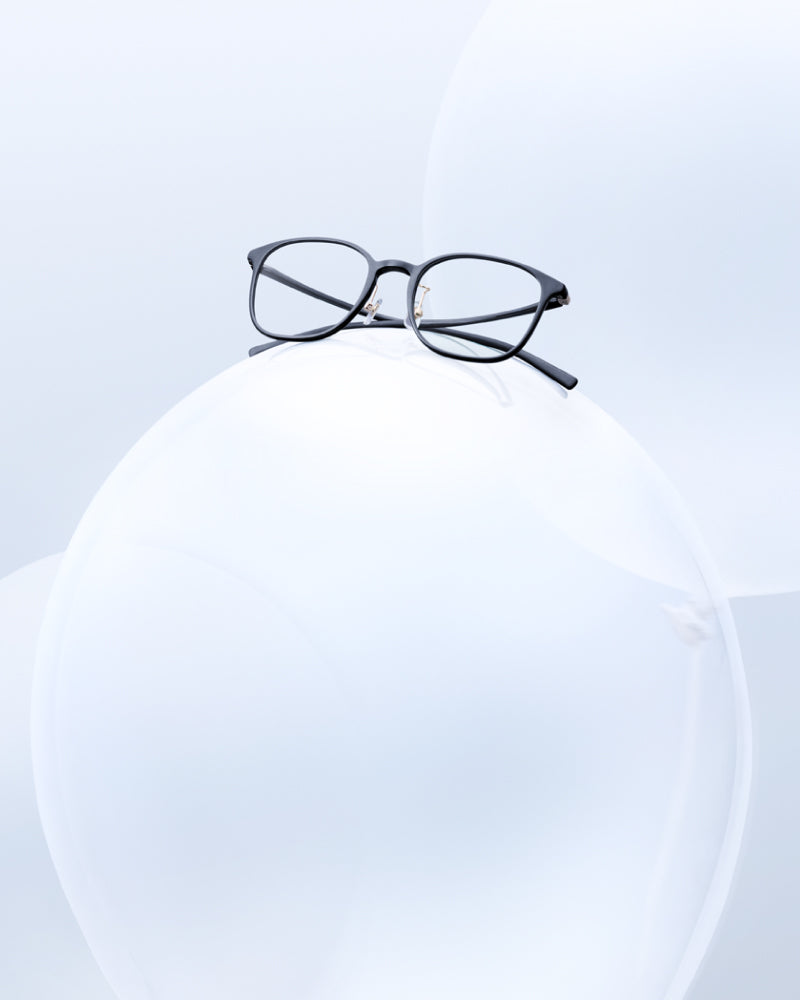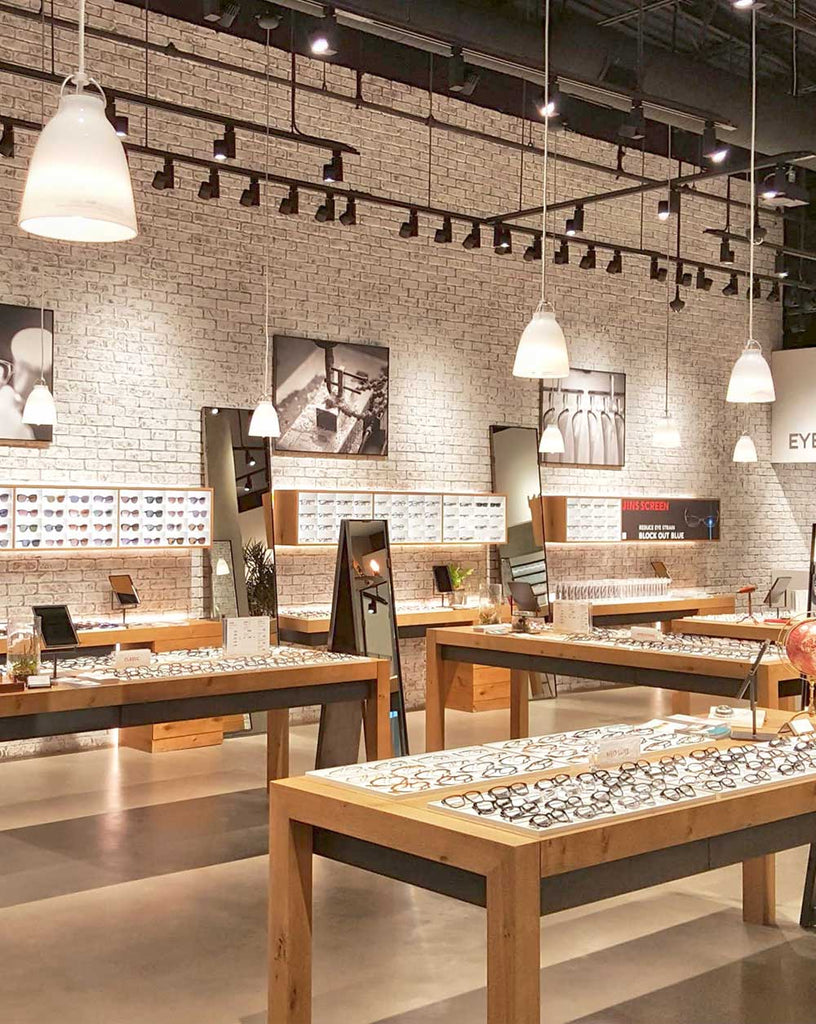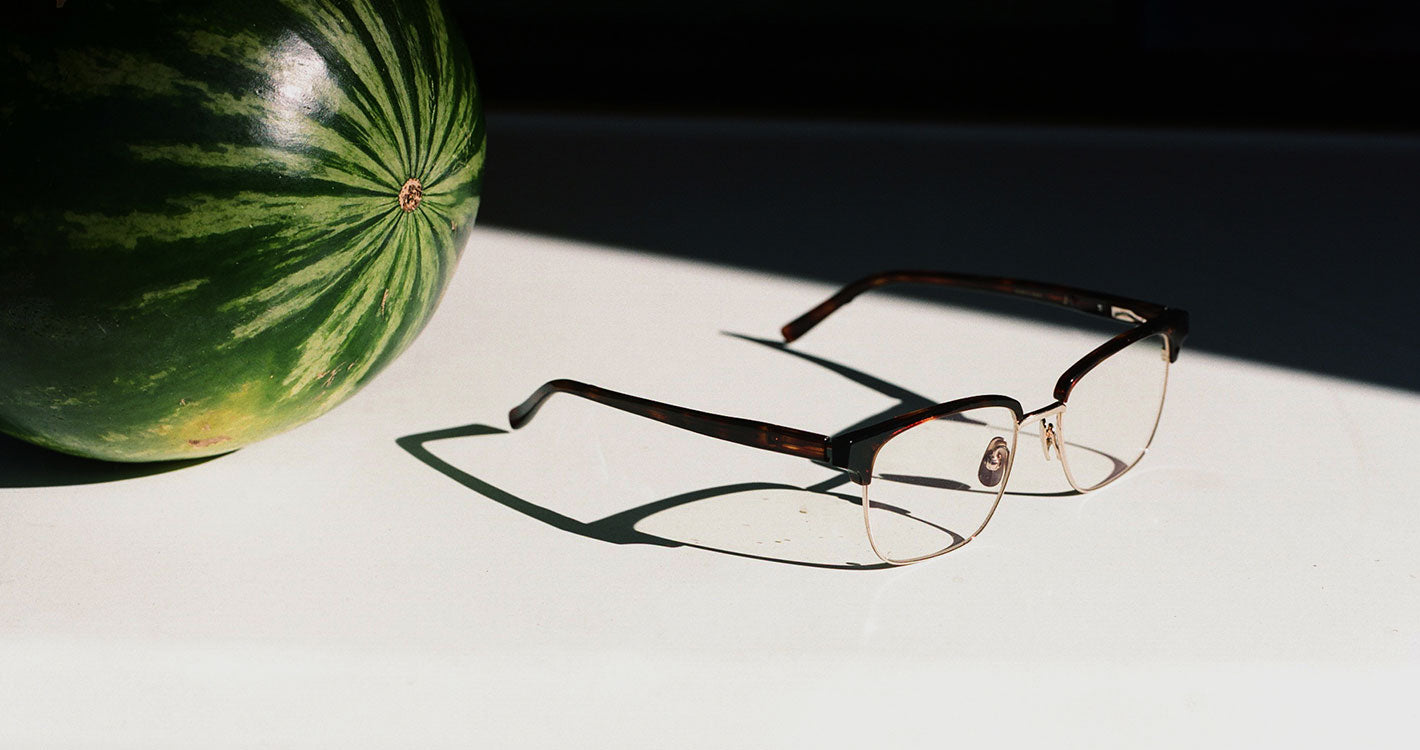For over 110 years, the city of Sabae has dedicated itself to one thing: manufacturing eyewear. Combining traditional wisdom with modern manufacturing technologies, the craftsmanship and attention to detail found in Sabae is unmatched in the eyewear world.
Learn more about Sabae, and its deep-rooted history in eyewear manufacturing below.


A Brief History of Eyewear in Sabae, Japan
At the turn of the 20th century, the coastal city of Fukui and neighboring Sabae were poor farming villages often blanketed with snow during the winter months. Two brothers were compelled to find a way to help their community when the farms were inactive. After visiting Tokyo and Osaka and learning about eyeglass manufacturing in those cities, they brought several master artisans back to the area to teach others the relatively new craft of eyeglass making.
By the 1930s, the region was thriving and had grown into Japan’s leading eyeglass production center. Fukui and Sabae glasses became the most sought-after, thanks to the factories’ technological innovations and commitment to constant improvement.
That technological innovation reached a high point in 1981 when Sabae glasses manufacturers applied years of research and development to produce the first pair of titanium glasses. The lightweight, durable, and allergy-free eyeglass frames revolutionized the eyewear industry and solidified Japanese eyeglasses as the best in the world.
Today, Sabae retains its reputation for producing the best eyeglasses in the world and remains a major manufacturing hub. Sabae’s technology is synonymous with excellence and continues to evolve while maintaining the traditional elements that make it unique in the manufacturing industry.

Manufacturing JINS Japanese Eyeglasses
Many Japanese eyeglasses aren’t made in a single factory but rather pass through several facilities that specialize in one aspect of the manufacturing process. JINS’ Made in Japan Sabae eyewear collection goes through more than 200 production processes, many of which are done by hand.
The process begins with a custom mold machine-cut from metal, then refined and finished by hand using a magnifying glass. The mold then goes to a press that forms the shape of the frames from metal or acetate. Every pair is visually inspected for scratches or misalignment before moving on to the next step. The parts then undergo a process called cutting, where the frames are trimmed by hand to the exact millimeter to match the original frame design.
At another factory, craftspeople use lasers to cut detailed decorations and parts from metal. Some of JINS’ more detailed metal frames are produced using lasers, as well. Once assembled, the frames are individually hand-buffed until they shine.
The final step in the Sabae manufacturing process is hand painting. A team of skilled painters applies paints and resins to give each pair its unique color and style. Once the lenses are in place, every pair of eyeglasses undergoes a final inspection to ensure a precise match to the original design and that there are no defects in the material or craftsmanship.


Treat Yourself to Unparalleled Technology and Quality
When you choose a pair of eyeglasses from JINS’ Made in Japan Sabae Series, you’re choosing the finest eyewear technology and craftsmanship in the world. Every pair of eyeglasses from our Sabae manufacturing centers is hand-perfected and individually inspected to ensure it meets our exacting standards before it reaches your doorstep.
Experience the quality of Japanese eyeglasses for yourself. Explore JINS’ Made in Japan Series to find the perfect style for your eyeglass collection.

Photographed in Los Angeles by Jack Bool




















































